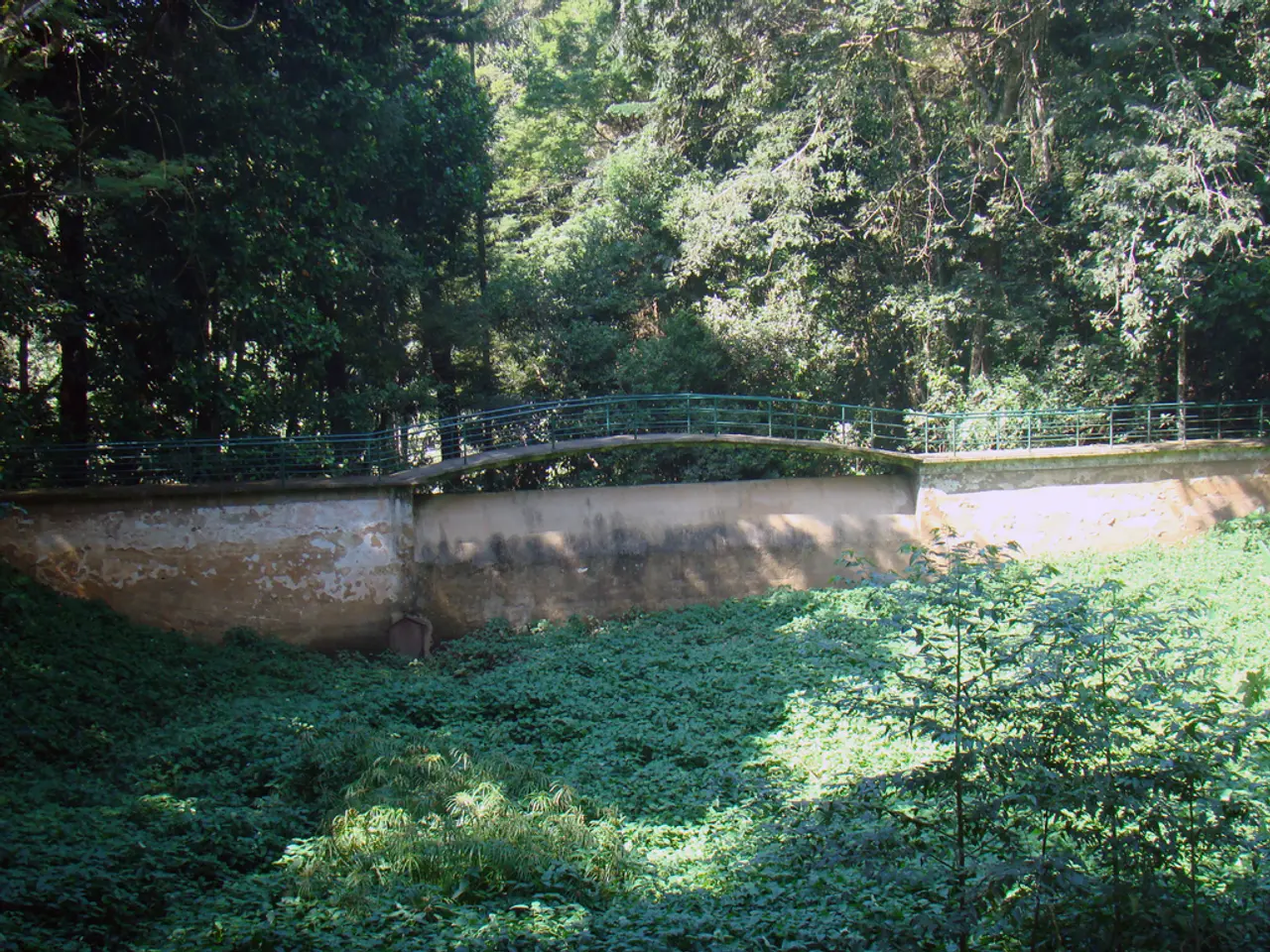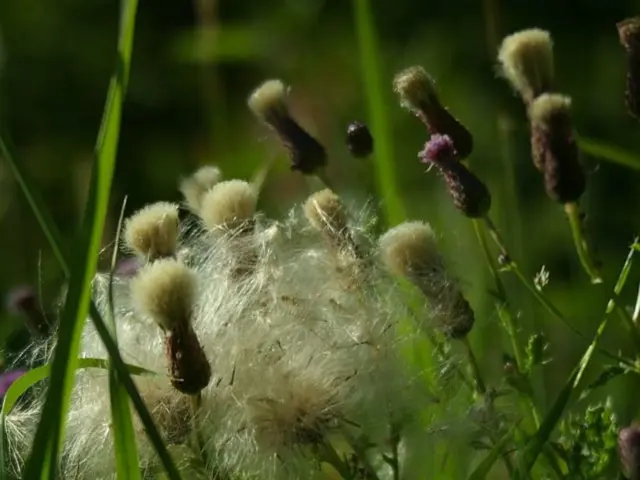Opt for Native Plant Species: A Substitute for English Ivy
English Ivy, a popular choice for many gardens, is an evergreen vine native to parts of Europe, northern Africa, and western Asia. However, it's time to reconsider its place in North American gardens due to its invasive nature and potential harm to local ecosystems.
One of the reasons English Ivy is so widely used is its ease of growth and ability to thrive even in deep shade. It can grow up to 90 feet (27 m) tall with a support, its dark green, three-lobed leaves a common sight in many gardens. But this rapid growth and shade tolerance have led to problems. English Ivy damages trees, buildings, and creates a groundcover that hosts rats and other pests.
Fortunately, there are better options for plants to replace English Ivy in gardens, depending on one's gardening goals and region.
For those seeking a groundcover, native species like Wild Ginger (Asarum canadense) or Creeping Phlox (Phlox stolonifera) are excellent alternatives. Wild Ginger makes a pretty groundcover with heart-shaped green leaves, while Creeping Phlox provides a thick mat of violet flowers in spring and green foliage the rest of the year.
For those who want a climbing plant, alternatives like Virginia Creeper (Parthenocissus quinquefolia), Boston Ivy (Parthenocissus tricuspidata), and Crossvine are much more ecosystem-friendly. Virginia Creeper climbs trees but does not harm them, its foliage deciduous, dropping off in fall to allow the trees to access sunlight. Crossvine grows quite long and produces showy, trumpet-shaped flowers, while it will attach to and climb walls without support.
For those seeking colourful additions, Golden Ragwort and False Lily of the Valley are great choices. Golden Ragwort spreads readily in thick mats of foliage and produces tall shoots of yellow flowers that attract native pollinators. False Lily of the Valley produces similar leaves and white flower clusters to lily of the valley, but is native and less problematic.
Lastly, for those seeking a groundcover in shady areas, Christmas Fern and Northern Lady Fern are excellent choices. Christmas Fern provides a great groundcover for shadiest areas and woodland gardens, while Northern Lady Fern acts like a groundcover and does fairly well in shady areas.
Trumpet Honeysuckle is another native vine that feeds pollinators and the berries feed other wildlife, making it a great addition to any garden.
By choosing native plants over English Ivy, gardeners can help make their gardens more friendly to local ecosystems and reduce the risk of invasive species.
Read also:
- Query: Obtain information from Justin Peterson, Digital Content Production Director
- Bishop's Tour of Rome's Refugee Center Acts as Blueprint for Episcopal Institutions in Europe and the US
- Chinese President Xi Jinping's Wealth: Insight into the Financial Saga of the Top Political Figure in China
- Symptomatic of the flu? A fresh, home-based COVID-19 and influenza test offers assistance




